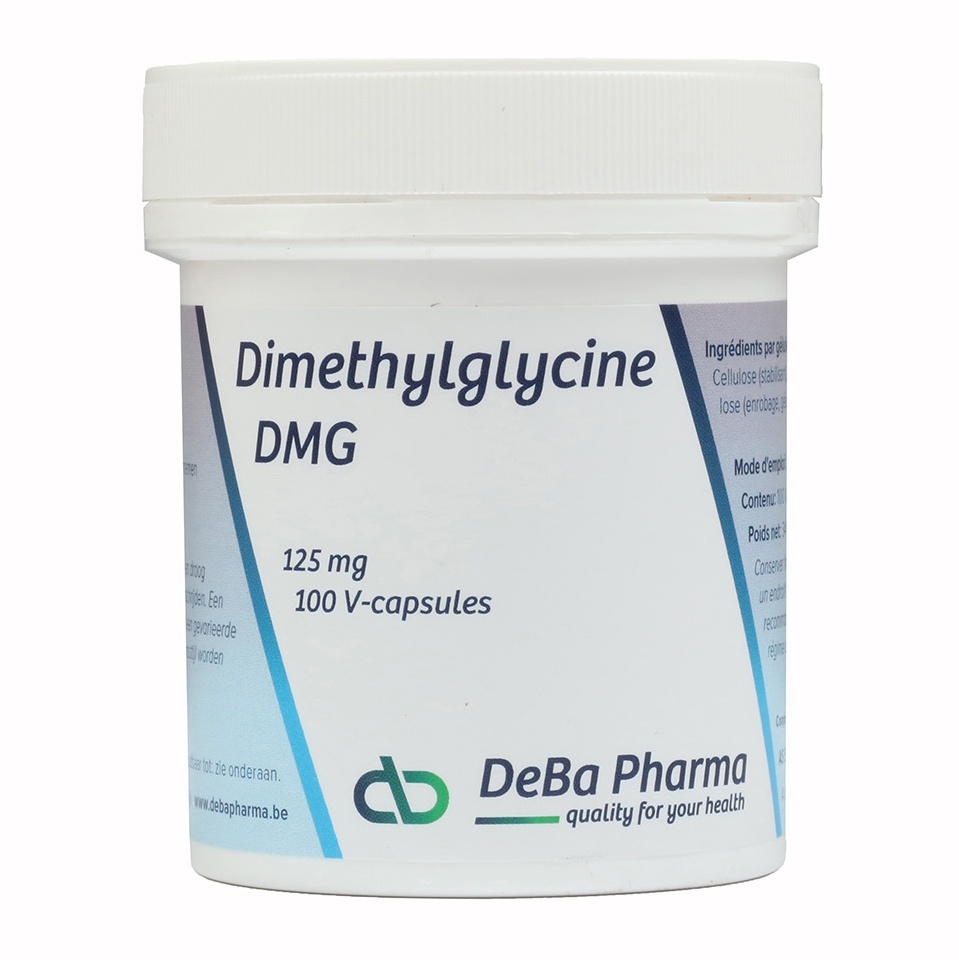

Allithiamine (TTFD) is an artificial garlic derivative that may potentiate removal of heavy metals. Natural chelators include garlic, cilantro, chlorella, chitosan, and hyaluronic acid. A challenge of a chelator such as dimercaptosuccinic acid (DMSA) or topical DMPS followed by measurement of urinary metal excretion will determine the need for chelation. Mineral supplementation is required during the process. The chelation process requires careful monitoring to avoid adverse reactions from both the chelating agents and the mobilization of toxic elements.

It is important to strengthen the body's capacity to detoxify before trying to remove potentially toxic elements. May Loo MD, in Integrative Medicine for Children, 2009 Chelation of Toxic Elements It was serendipitous that the diets used by du Vigneaud for most of his experiments contained only minimal amounts of folic acid and B 12, so that little synthesis of endogenous methyl groups could occur. This was found only if the germ-free rats were given folic acid and vitamin B 12, so establishing that in the presence of these essential vitamins limited synthesis of methyl groups can occur in animals. Du Vigneaud therefore collaborated with the Institute, examining the extent of 2H incorporation from labeled drinking water into choline. Notre Dame Research Institute maintained a colony of germ-free rats. Du Vigneaud realized this might be due to microflora in the animal's gut synthesizing methyl groups de novo, an idea substantiated when Toennies, Bennett, and Medes (1943-1944) showed growth was always prevented if the rats were fed sulphasuccidine, a bacteriostatic agent. One further very significant result from these experiments came from noting that, when fed the standard diet of homocysteine without any added methyl donor, the occasional rat recovered its growth rate. S-adenosyl methionine was therefore proposed as the primary methyl donor, a suggestion confirmed after the compound had been synthesized by Baddiley and Jamieson in 1954. Methionine would only transmethylate if ATP was available. after the methyl group had been transferred to give methionine. The final step in our understanding of transmethylation followed from the observation by Cantoni (1951) that betaine and dimethylthetin only acted as methyl donors in the presence of homocysteine, i.e. In 1949 Dubnoff found that choline could only act as a donor under aerobic conditions, when it was oxidized to betaine.

Of these only betaine and dimethylthetin served as methyl donors.
Difference between tmg and dmg series#
A series of deuterium-labeled methylated compounds were synthesized by du Vigneaud's group, including arsenocholine, trimethylamine, dimethylglycine, and dimethylthetin. The mechanism of transmethylation was then examined. In Foundations of Modern Biochemistry, 1995 Mechanism of Transmethylation It has been suggested that glycine and betaine may act indirectly on glycine metabolism and glycine-mediated neuronal inhibition, enhance GABA activity, or may have a nonspecific effect on biological membranes.

Two attempts to withdraw the DMG caused dramatic increases in seizure frequency. Within 1 week of starting DMG, seizure frequency dropped to three per week. Despite treatment with phenobarbital and carbamazepine, the patient had an average of 16 to 18 generalized seizures each week. 105,106 Roach and Carlin 108 reported a striking decrease in seizure frequency in a patient with long-standing mental retardation when 90 mg of DMG was administered twice daily. 103-107ĭMG has also been shown to block induced seizures in rats and mice. Supplemental betaine has also been shown to be effective in preventing various induced seizures in rats and in alleviating seizures in humans with homocystinuria. This is most evident in the transformation of homocysteine to methionine. Choline is converted to betaine when it acts as a methyl donor, whereas betaine is converted to DMG when it donates a methyl group. Gaetano Morello ND, in Textbook of Natural Medicine (Fifth Edition), 2020 Choline, Betaine, Dimethylglycine, and SarcosineĬholine, betaine (N,N,N,-trimethylglycine), dimethylglycine (DMG), and sarcosine have exhibited some anticonvulsant activity in human and animal studies.


 0 kommentar(er)
0 kommentar(er)
